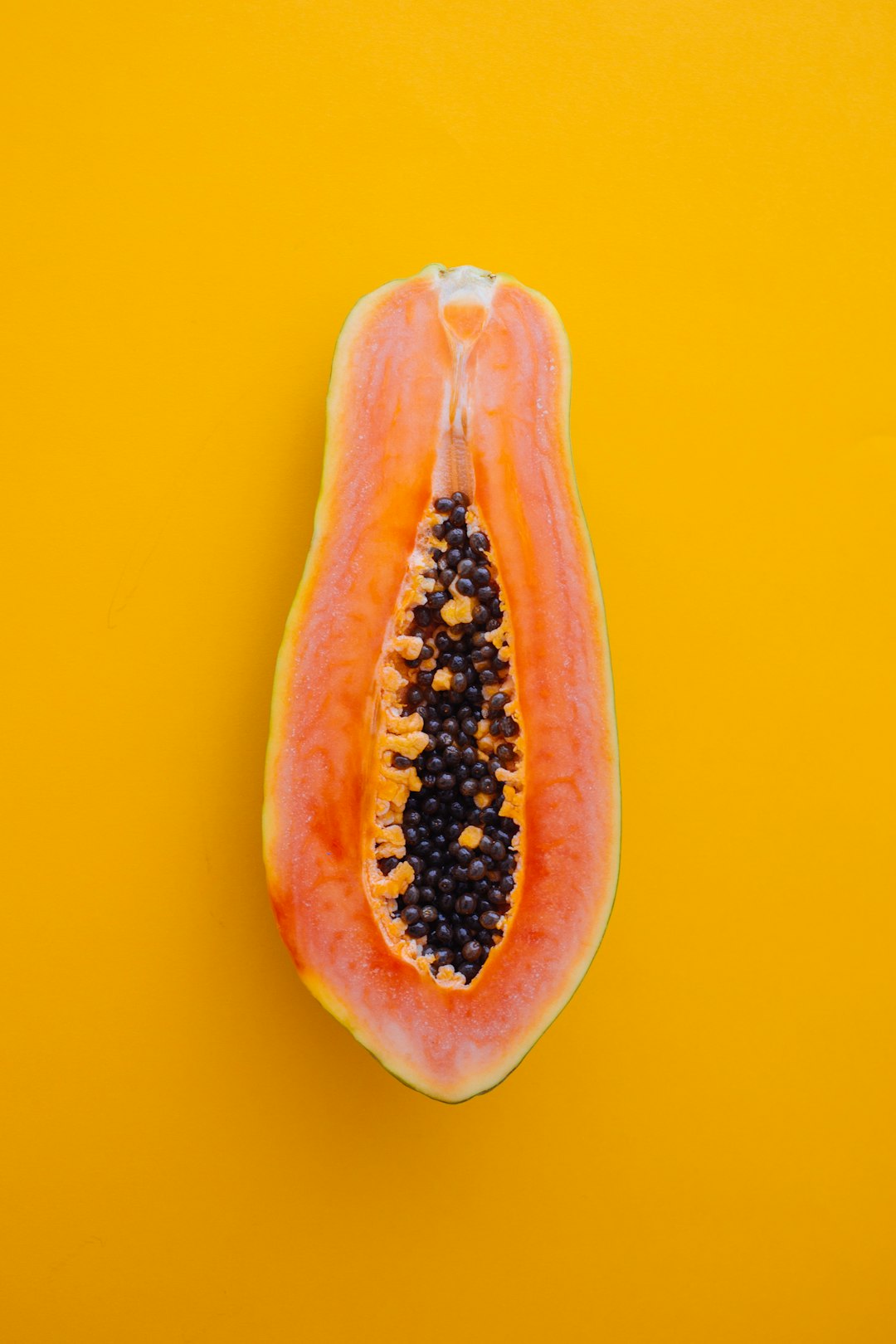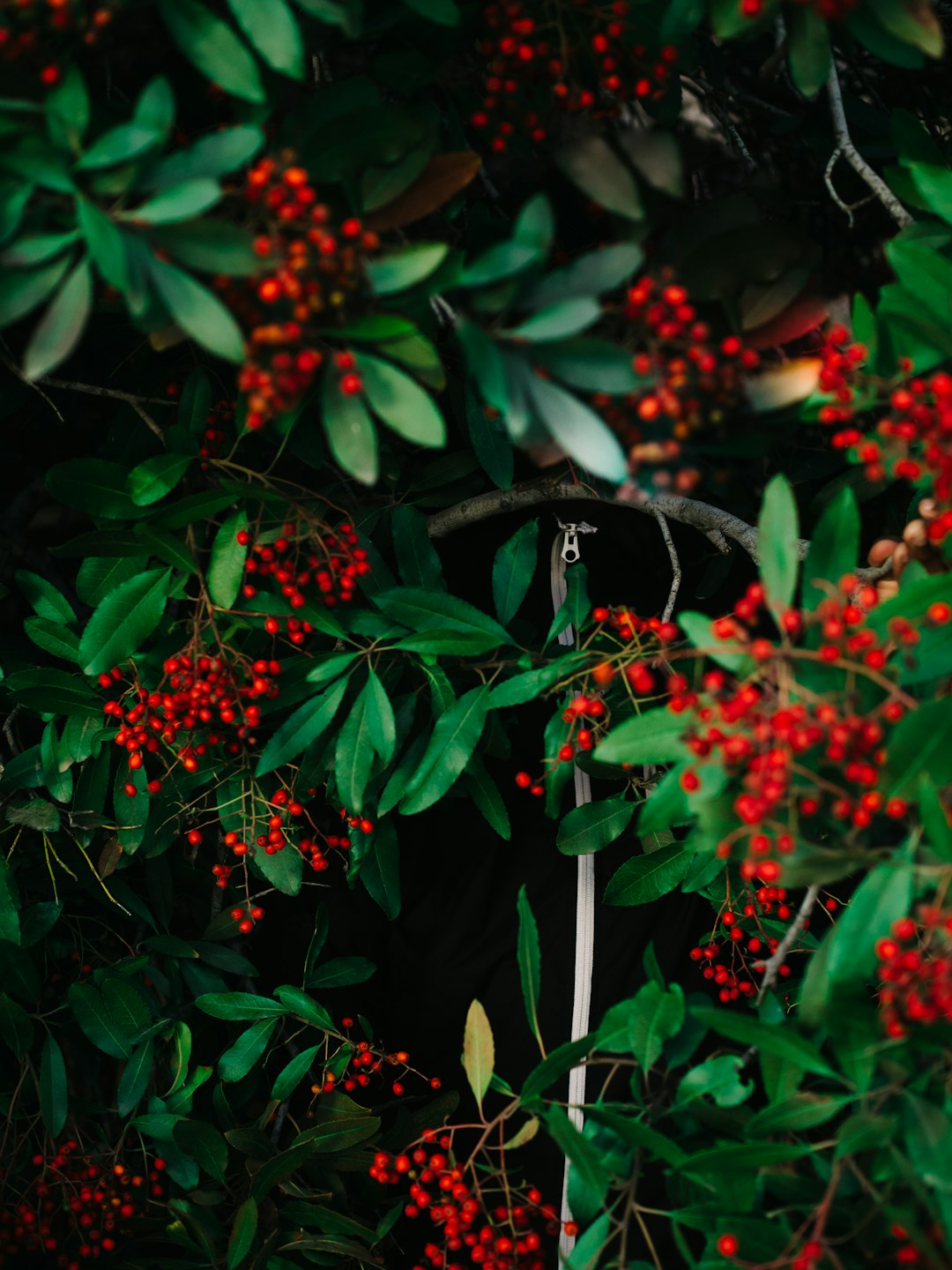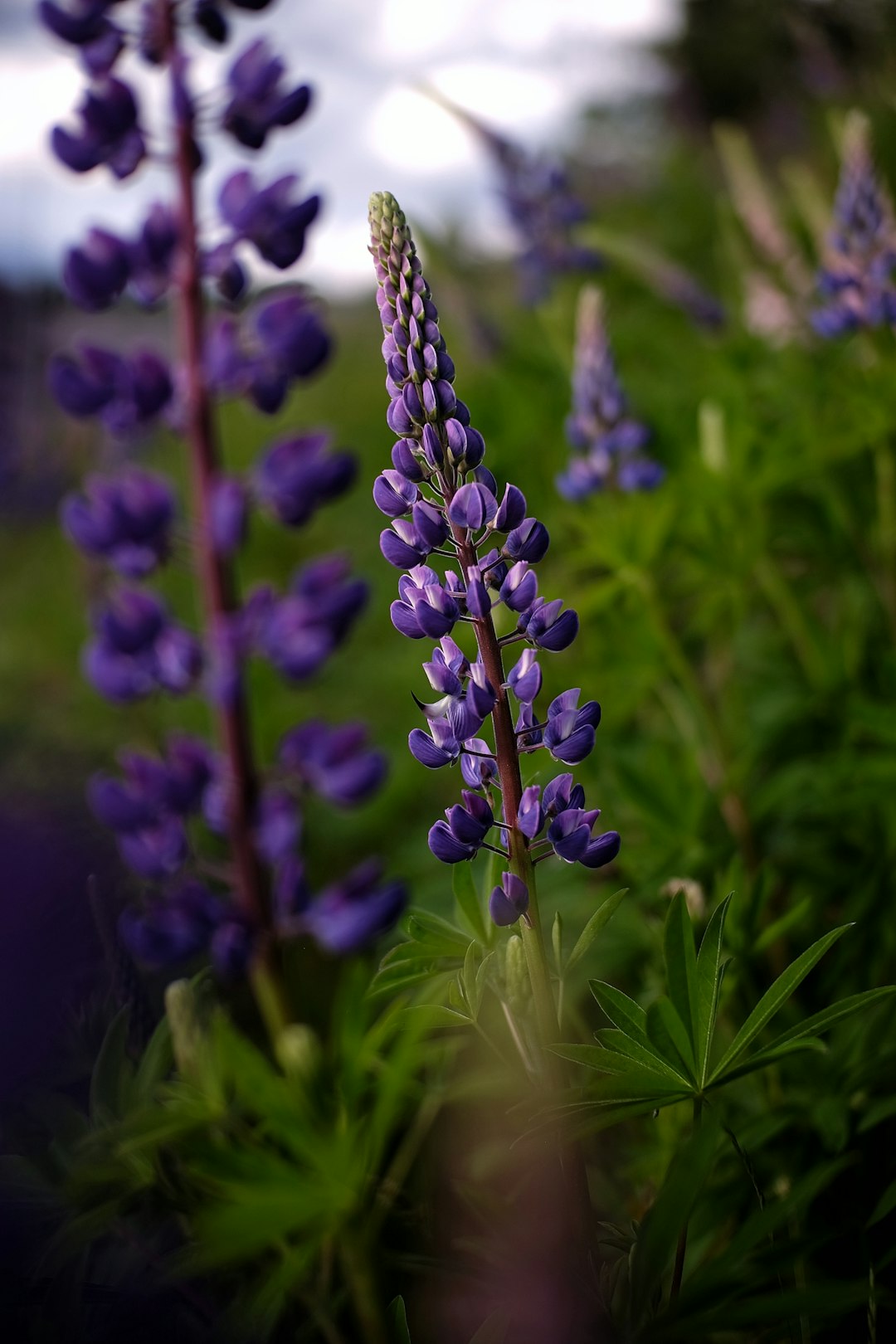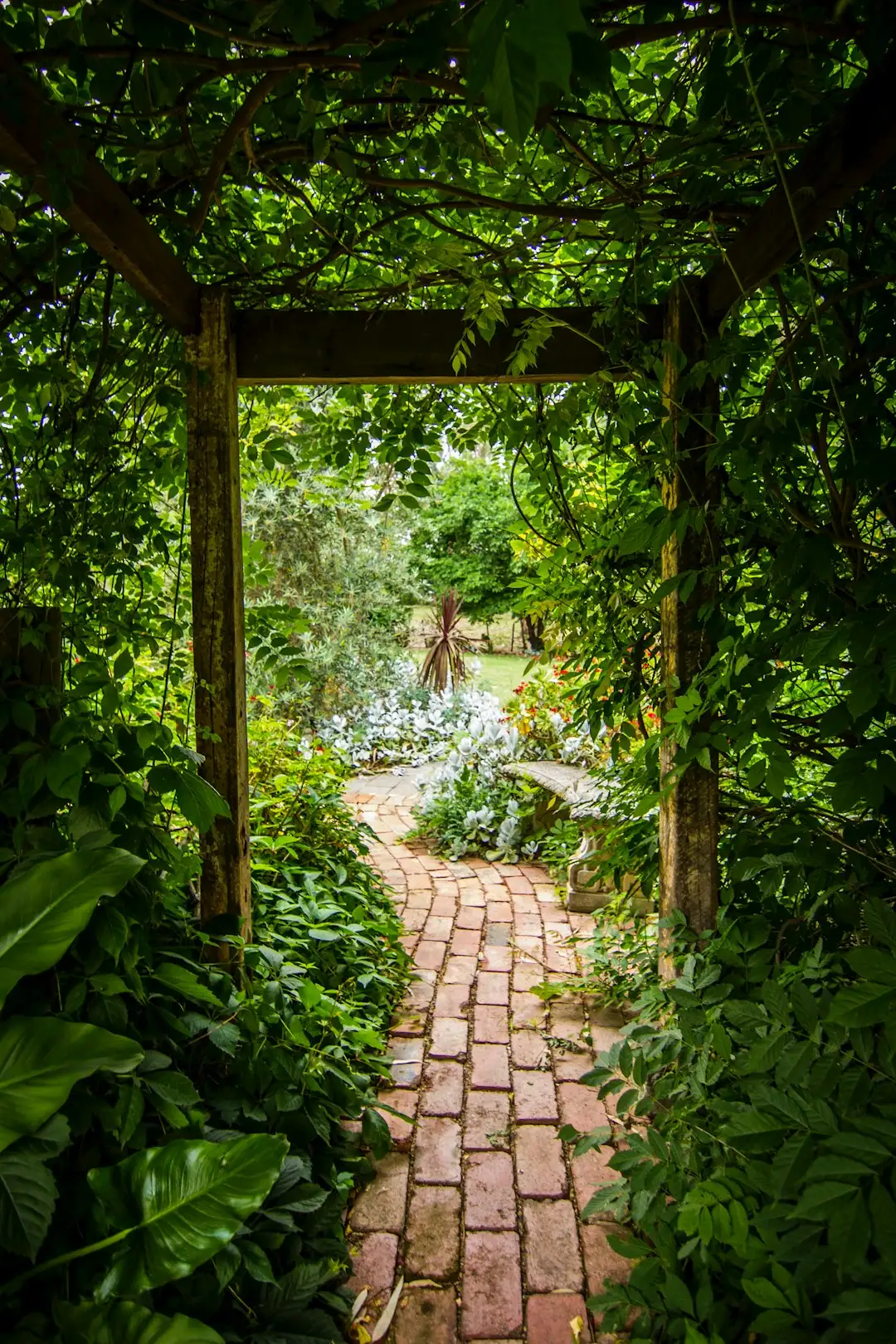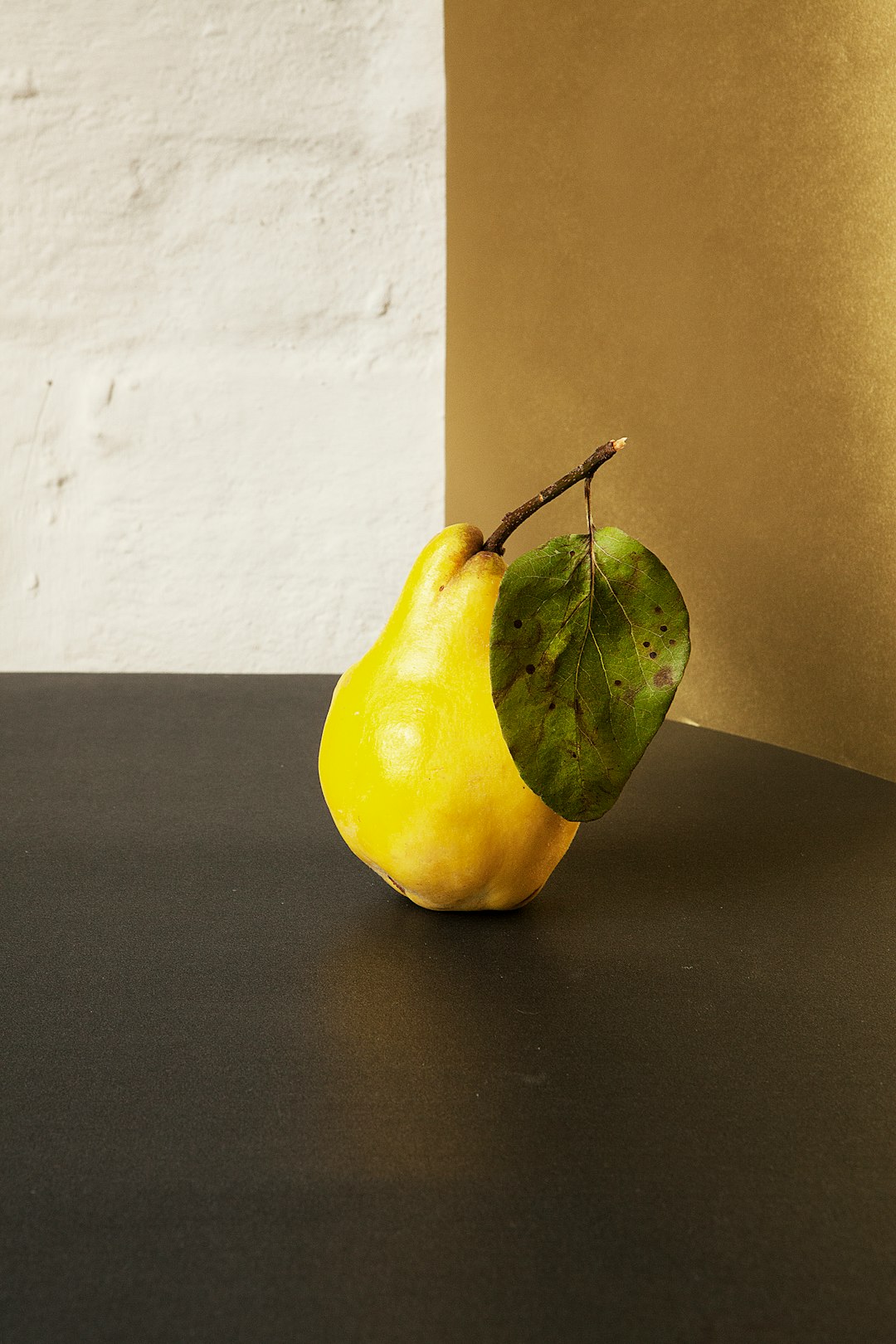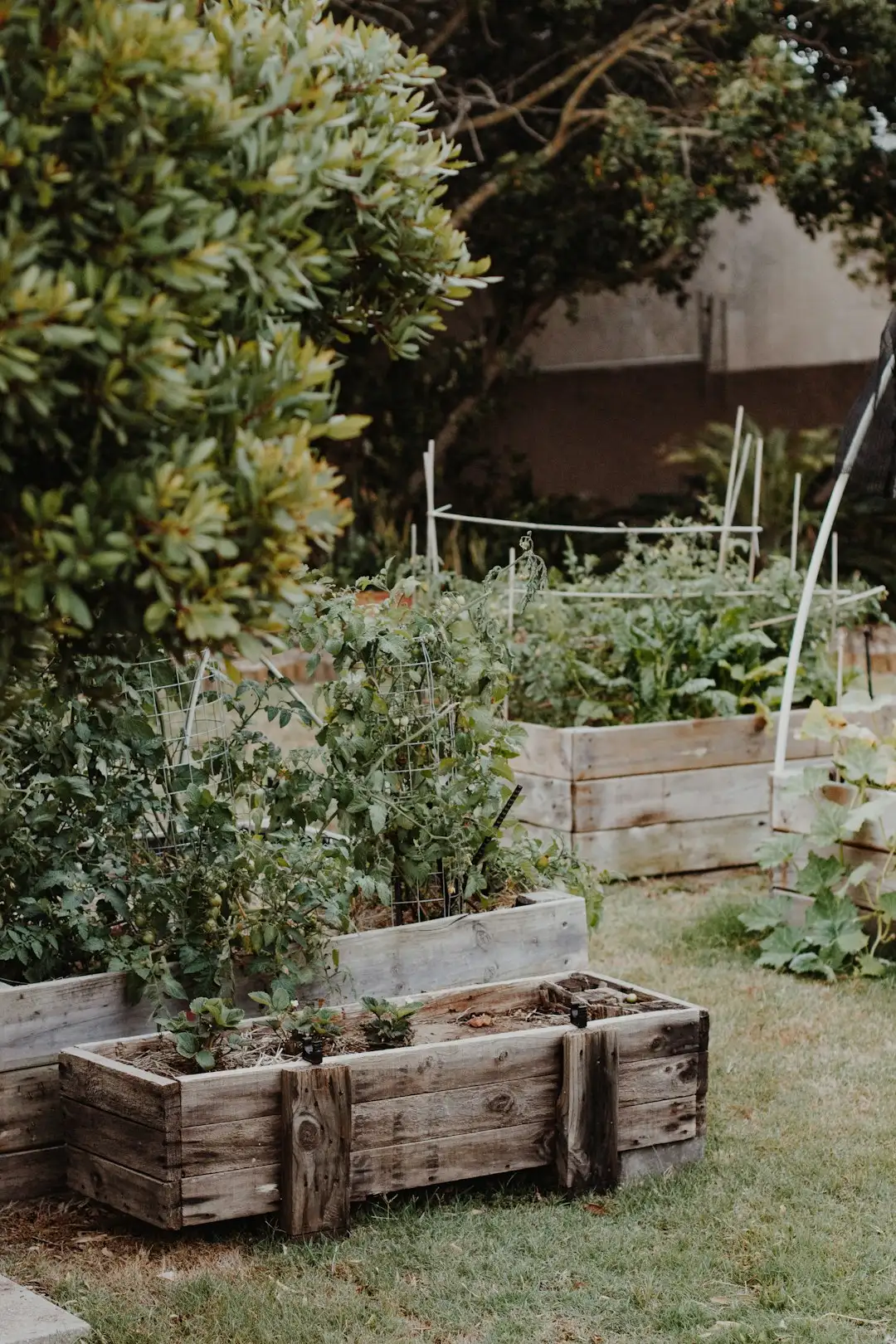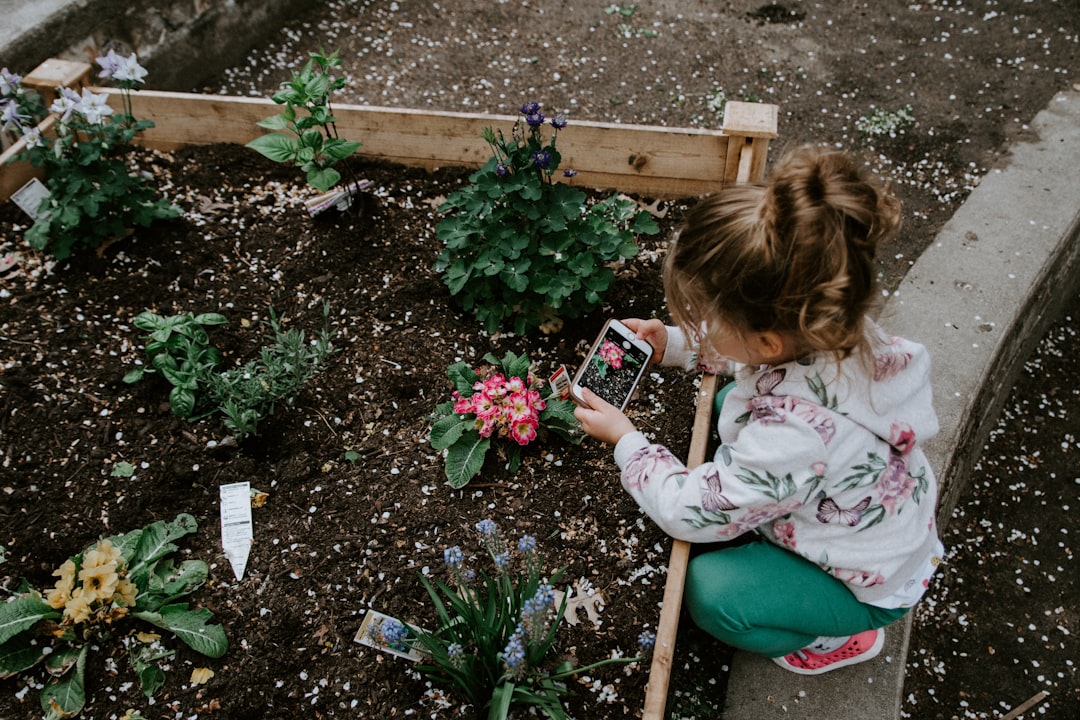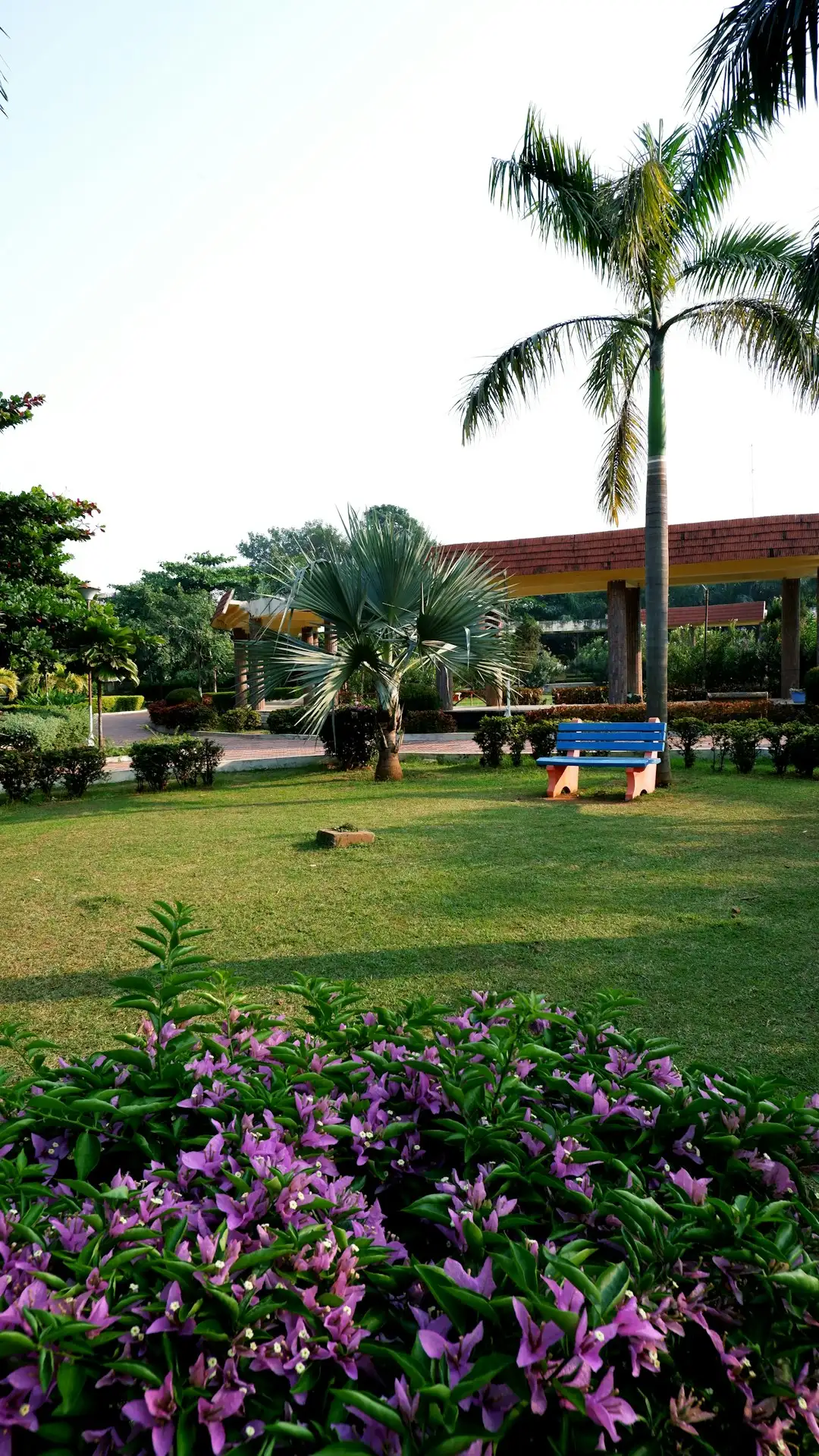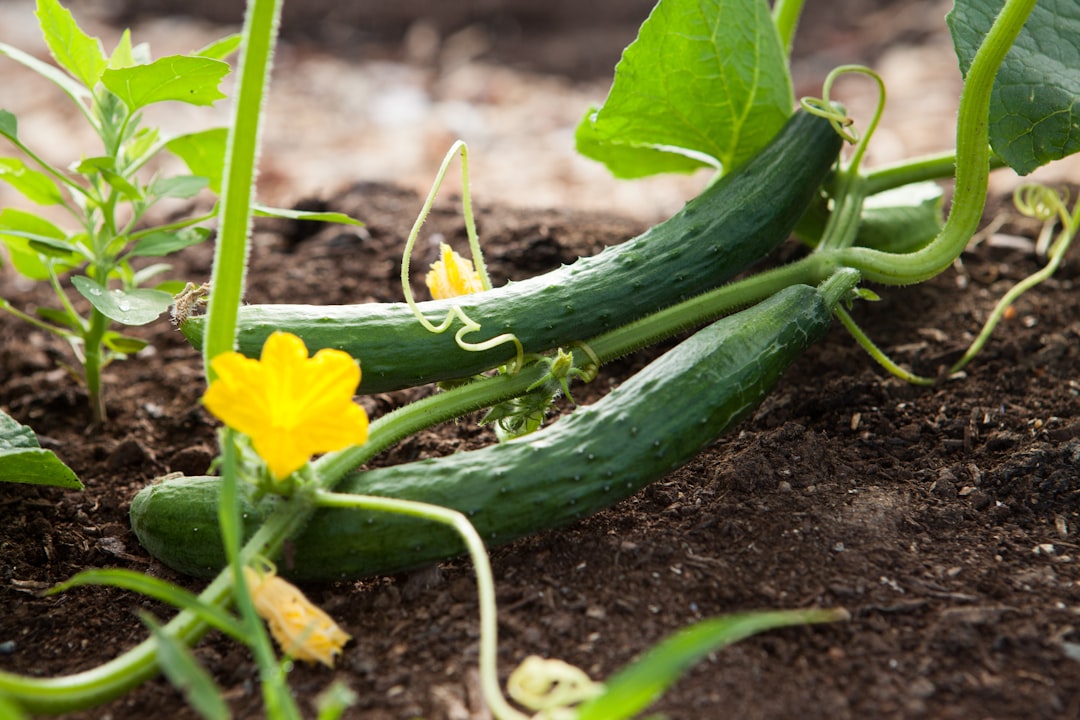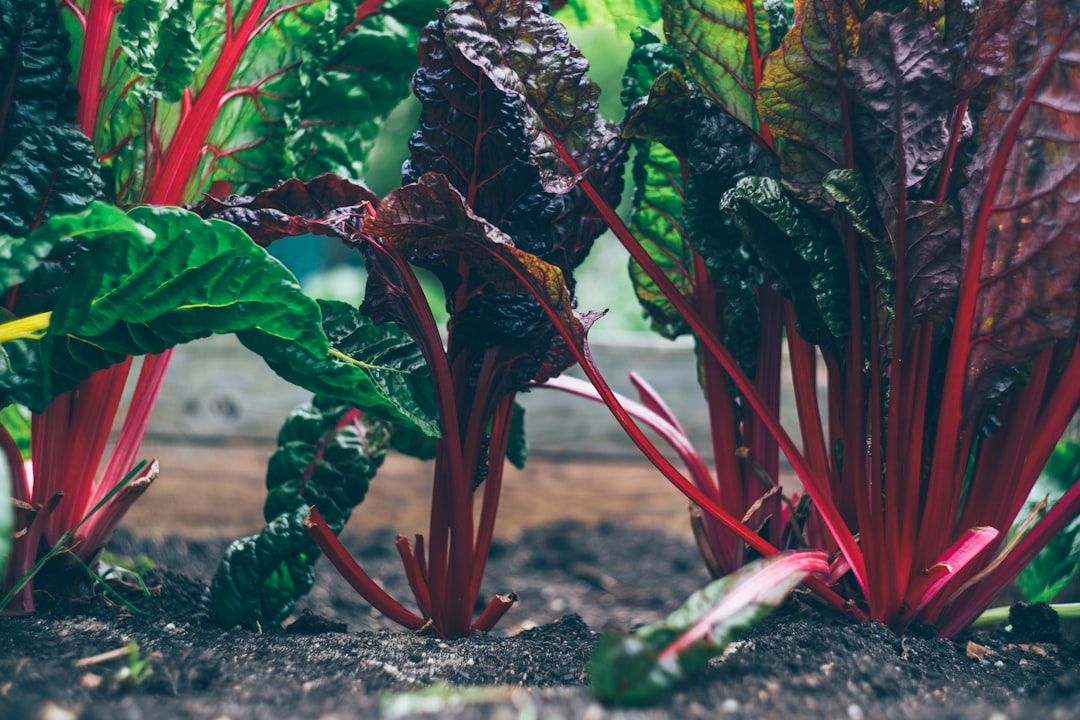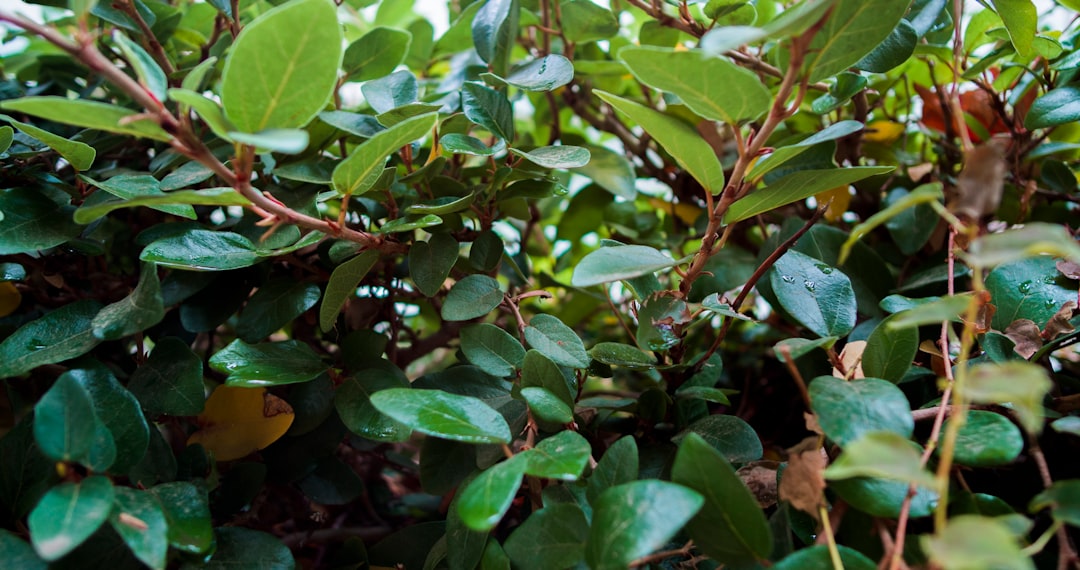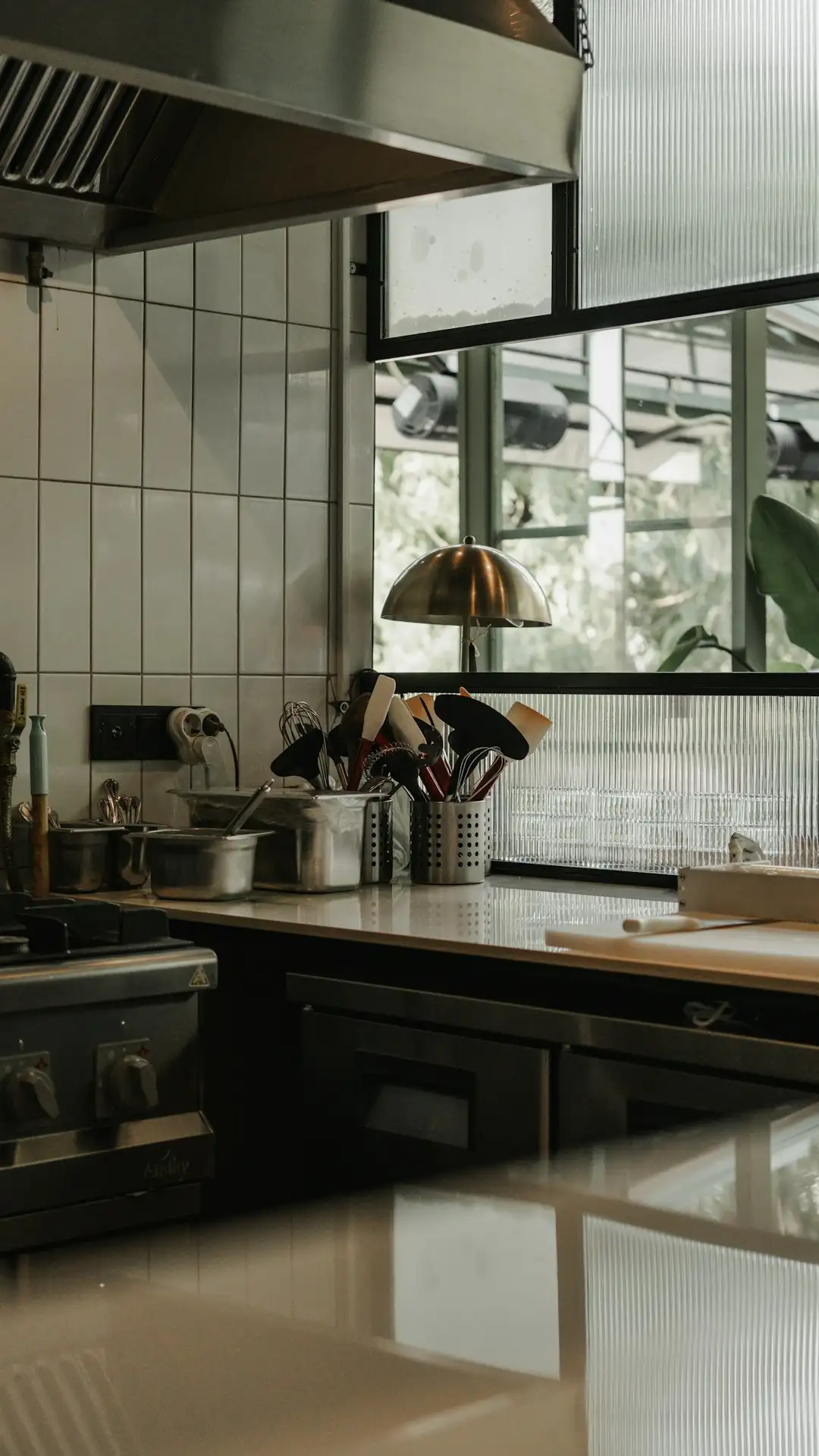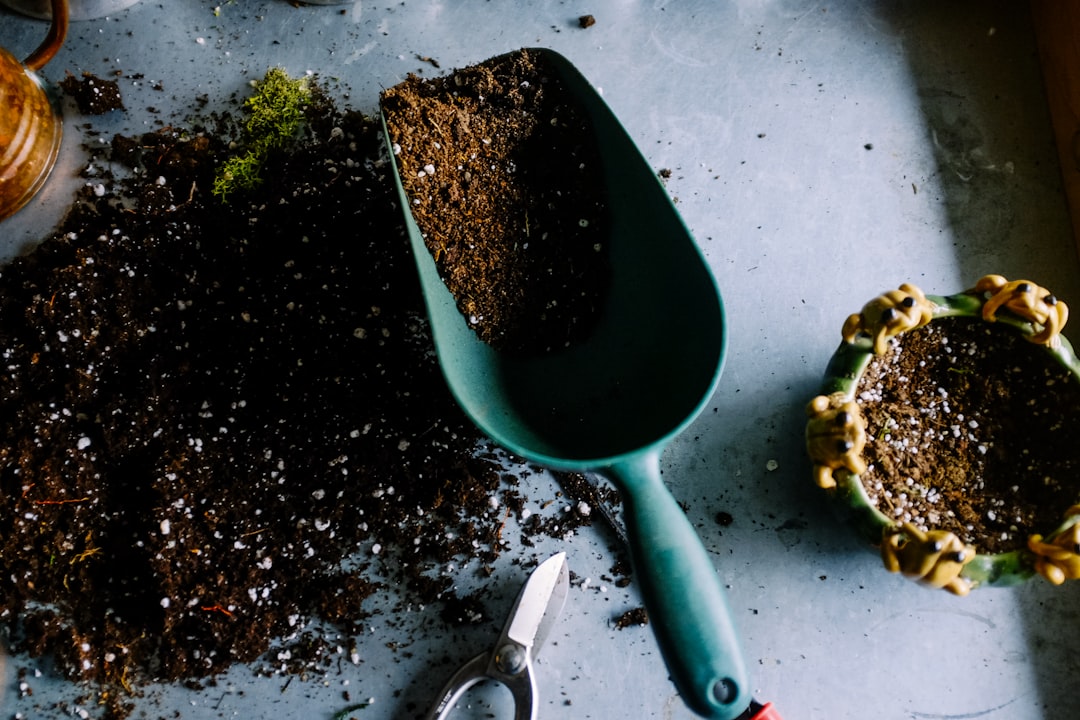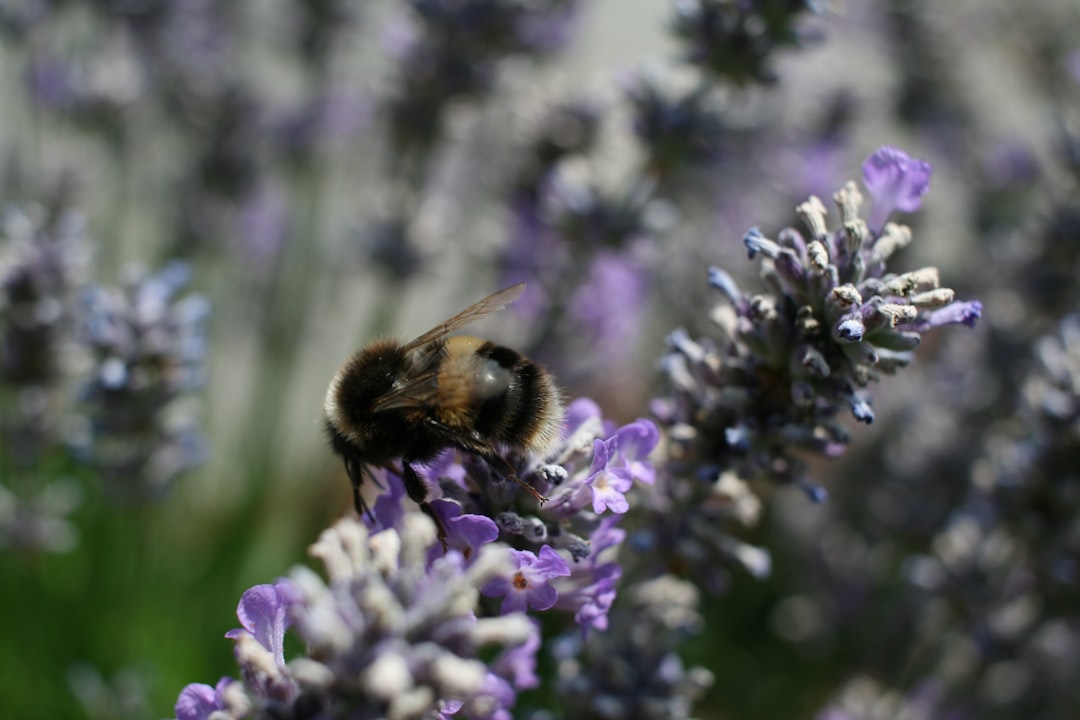
Edible gardening is a rewarding endeavor that allows you to grow your own fresh and healthy produce. However, not all veggies should be started at the same time. Understanding the best timing for the crops you want to grow is crucial for a successful harvest. In this article, we will explore the factors that influence the planting time of vegetables and provide you with a guide on how to figure out the optimal timing for your garden.
One of the most important factors to consider when determining the planting time of vegetables is the climate in your area. Different vegetables have different temperature and sunlight requirements, and planting them at the wrong time can result in poor growth or even failure. For example, cool-season vegetables such as lettuce, spinach, and broccoli prefer cooler temperatures and can be planted in early spring or late fall. On the other hand, warm-season vegetables such as tomatoes, peppers, and cucumbers require warmer temperatures and should be planted after the last frost date in your area.
Another factor to consider is the length of the growing season in your area. The growing season is the period of time between the last frost date in the spring and the first frost date in the fall. Some vegetables, such as carrots and radishes, have a short growing season and can be planted multiple times throughout the season. Others, such as pumpkins and melons, have a longer growing season and need to be planted early enough to allow them to mature before the first frost.
Soil temperature is also an important factor to consider when planting vegetables. Different vegetables have different soil temperature requirements for germination and growth. For example, peas and beans prefer cooler soil temperatures and can be planted when the soil temperature reaches around 45 to 50 degrees Fahrenheit. Tomatoes and peppers, on the other hand, require warmer soil temperatures and should be planted when the soil temperature reaches around 60 to 65 degrees Fahrenheit.
To determine the best planting time for your vegetables, you can use a planting calendar. A planting calendar is a tool that provides you with the recommended planting dates for different vegetables based on your location and climate. You can find planting calendars online or at your local garden center. When using a planting calendar, it's important to keep in mind that the recommended dates are just guidelines and may need to be adjusted based on your specific growing conditions.
In addition to using a planting calendar, you can also observe the natural signs in your area to determine the best planting time. For example, when the forsythia bushes start to bloom, it's a sign that it's time to plant cool-season vegetables. When the dogwood trees start to bloom, it's a sign that it's time to plant warm-season vegetables.
Once you have determined the best planting time for your vegetables, it's important to prepare your soil properly. The soil should be loose, fertile, and well-drained. You can add compost, manure, or other organic matter to the soil to improve its fertility and structure. It's also a good idea to test your soil to determine its pH level and nutrient content. Based on the results of the soil test, you can add the appropriate fertilizers and amendments to the soil to ensure that your vegetables have the nutrients they need to grow.
When planting your vegetables, it's important to follow the recommended spacing and depth guidelines. Planting vegetables too close together can result in overcrowding and poor growth. On the other hand, planting vegetables too far apart can waste space in your garden. Make sure to read the seed packet or plant label for the specific spacing and depth requirements for each vegetable.
After planting your vegetables, it's important to water them regularly. Most vegetables need about 1 to 2 inches of water per week. However, the amount of water your vegetables need may vary depending on the weather conditions and the type of soil in your garden. It's a good idea to water your vegetables deeply and infrequently rather than shallowly and frequently. This will encourage the roots to grow deeper into the soil and make your vegetables more drought-resistant.
In addition to watering, it's also important to fertilize your vegetables regularly. You can use a balanced fertilizer or a fertilizer that is specifically formulated for vegetables. Make sure to follow the instructions on the fertilizer package for the appropriate amount and frequency of application.
Finally, it's important to monitor your vegetables for pests and diseases. Common pests in vegetable gardens include aphids, caterpillars, and slugs. Common diseases include powdery mildew, blight, and root rot. You can use natural pest control methods such as companion planting, handpicking pests, and using insecticidal soaps and oils to control pests. For diseases, it's important to practice good garden hygiene, such as removing infected plants and debris from the garden, and using disease-resistant varieties of vegetables.
In conclusion, understanding the best timing for the crops you want to grow is essential for a successful vegetable garden. By considering factors such as climate, growing season, soil temperature, and using a planting calendar, you can ensure that your vegetables are planted at the right time and have the best chance of thriving. With proper soil preparation, watering, fertilizing, and pest and disease control, you can enjoy a bountiful harvest of fresh and delicious vegetables from your garden.
New








